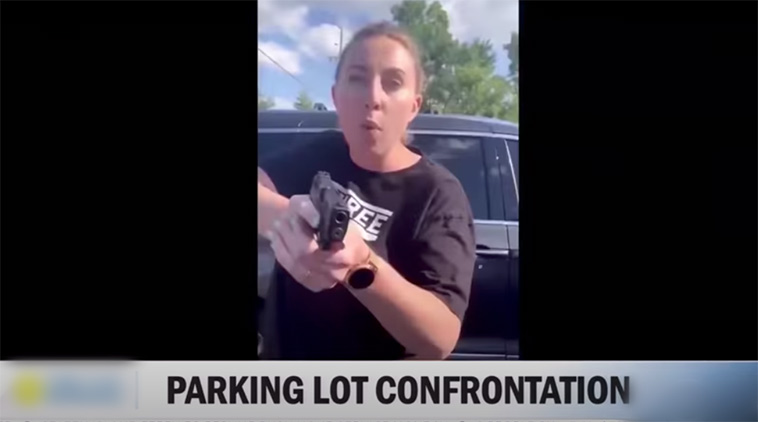If you played sports, or know somebody who has played sports, you have experienced the difference between Target Practice and Training. You just might not have figured out how to relate that to training with a gun.
Semi-lame sports Analogy…
Would you think it was good or bad for a coach to start a player who could hit every free-throw shot, all day long, but who had never run drills or played in a scrimmage game? Whether you were a jock, or a gambler, or somebody who knows one of those types, the answer is REALLY obvious!
You cannot be a capable athlete without real training. Just being able to hit a stationary target while standing still is insufficient. You need to move and try new things. You need somebody to block you, to see how you might overcome literal obstacles. You need to move to be sure you know how well your shoes grip the ground (court, grass, turf, whatever…) BEFORE you play in a real game.
Definitions
Target Practice: Pointing a gun, bow, or other projectile issuing device at a stationary target for the purpose of refining ones ability to align sites on a target. The primary purpose of target practice is to learn how a specific gun’s sites line up with a target, or to diagnose some other basic portion of your stance, grip, or focus.

Training: Reproducing, to the best of your ability, actual circumstances that might be encountered in the event you need to use your gun for its intended purpose. This can include shooting at moving targets, if your intent is hunting. This could include shooting from a prone position to simulate field conditions. For “Defensive Shooting”, this means adding movement and situational obstacles you might need to overcome.

Finishing the analogy
Just like basketball players require practice shooting from various distances, as well as scrimmages to test their ability against other players, you need both Target Practice and Training. Whether you intend to use your gun for hunting, or self defense, you need both Target Practice and actual situational Training. A lack of target practice can make your training irrelevant. A lack of realistic training will make all of your target practice irrelevant.
When discussing Defensive Pistol usage, failing to regularly perform both Target Practice and realistic Training can put your life, or the lives of your loved ones, at higher risk than not owning a gun.
How to
Target practice is simple. Go to your local gun range. Pay your fee and setup your gear. 20-200 rounds, depending on how often you can get to the range. The less frequently you get to the range, the more you should shoot at each session. However, as with any rule, there is an exception. If you are having a really off day, if you just cannot seem to make a single shot the way you want, STOP! Repeating poor performance will not make you better. In fact, it can make it harder (both mentally and physically) to overcome whatever is causing the problem. The movie “Tin Cup” was funny for a reason. No matter what he did, or how much he practiced, things just kept getting worse. Athletes know this, and it is true for shooters too.
Training can be a bit more difficult for a lot of us. With a little bit of research, and some “outside the box” thinking, it can also be easier. Training can be simply retrieving your gun from the gun safe. Training can be drawing from the holster in front of a mirror to check your step-by-step performance for glitches.
Safety first. When training at home, always make sure your live bullets are secured in another room. Always double or triple check each gun you intend to train with. Always be aware of the direction your gun is pointing while training, keeping it in the safest possible direction available for the type of training you intend to perform.
Do some YouTube research. Check with “Shooting Illustrated” for various drills. If you are a member of the USCCA, check out their blogs and videos. There are tons of ideas you can use to train at home.
Training at the range
Most ranges do not permit you to actually train. I belong to a membership based club who allows training after you pass a test. Unfortunately, they do not permit or promote training to pass the test. So, I find myself having to attend a different range, for realistic training like drawing from the holster, or shooting at a realistic rate of fire.
Most of you will likely have to pay for training before you can perform actual shooting on the move, or drawing from the holster. If you find yourself paying for training, check it out before you spend your money. Ask to audit a course. Good instructors, who believe in their curriculum and training techniques, will welcome you to check it out!
Self-Promotion
I invite anybody who is thinking about defensive training with a gun to checkout one of my classes, or contact me for a free assessment. The assessment will begin with a phone call, and ultimately move to a range where I can watch you shoot and determine your current and desired skill levels. I want you to get to know me, and I want to get to know you. We should both be comfortable that you are entering a training program that you are qualified and prepared for, and that you will come away with new skills and confidence.
Be safe! Hope to see you on the range!

